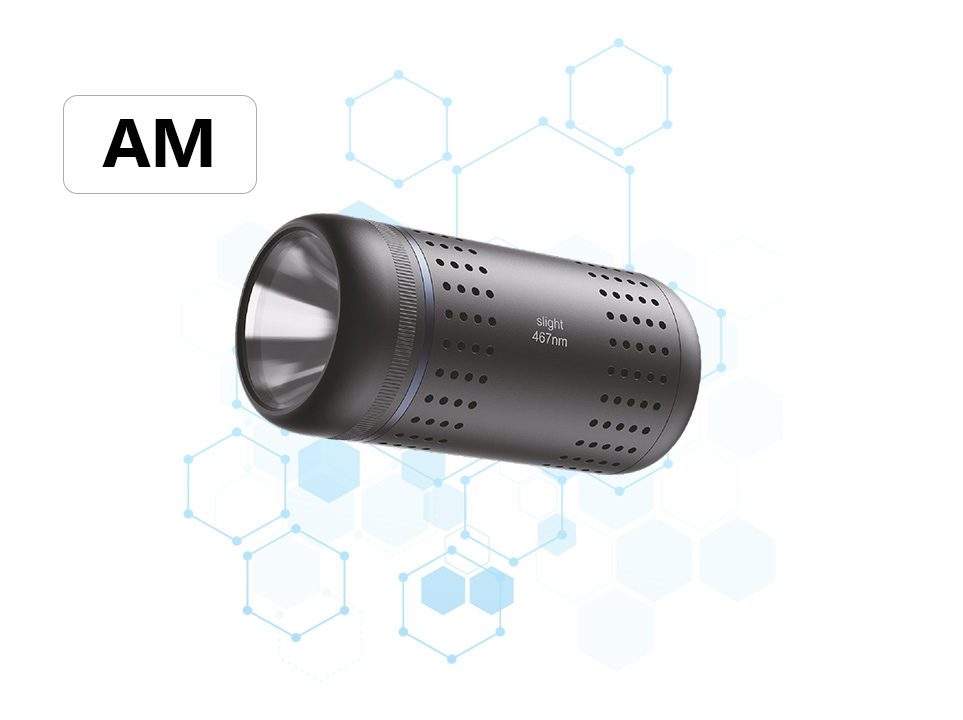Operating instructions for laboratory photoreactors
In the realm of scientific research, laboratory photoreactors play a pivotal role in exploring the photochemical reactions that drive innovation in various fields, including materials science, pharmaceuticals, and environmental engineering. To harness their full potential, it is crucial to understand and follow meticulous operating instructions. This guide aims to provide a comprehensive overview of how to operate laboratory photoreactors effectively, ensuring optimal performance and reproducibility in your experiments.
Understanding the Basics of Laboratory Photoreactors
A photoreactor is a specialized piece of equipment designed to facilitate chemical reactions under controlled lighting conditions. It typically consists of a reaction chamber, a light source, and control systems for temperature, stirring, and gas atmospheres. The primary function of a photoreactor is to expose reactants to specific wavelengths of light, triggering photochemical transformations that cannot be achieved through thermal reactions alone.
Selecting the Right Photoreactor
Before diving into the operating instructions, it's essential to choose a photoreactor that aligns with your research needs. Consider factors such as:
Reaction Volume: The size of your reactions will dictate the capacity of the photoreactor.
Light Source: Different light sources (e.g., LEDs, arc lamps, sunlight simulators) emit varying wavelengths and intensities, suited for specific photochemical processes.
Temperature Control: Precision in temperature regulation is crucial for consistent reaction outcomes.
Material Compatibility: Ensure the reactor's materials are compatible with your reactants to avoid contamination.
Operating Instructions: Step-by-Step Guide
1. Preparation
Cleaning: Thoroughly clean the photoreactor and all associated components to remove any residual chemicals from previous experiments.
Assembly: Assemble the photoreactor according to the manufacturer's instructions, ensuring all seals are tight to prevent leaks.
2. Setting Up the Reaction
Reactant Preparation: Measure and transfer your reactants into the reaction chamber. Ensure all reactants are at the desired temperature to minimize temperature gradients during the reaction.
Stirring: Set up the stirring mechanism and adjust the speed to ensure uniform mixing of reactants.
Gas Atmosphere: If required, introduce the desired gas atmosphere (e.g., nitrogen, argon) to the reaction chamber to eliminate oxygen or other reactive gases.
3. Configuring the Light Source
Wavelength Selection: Adjust the light source to emit the specific wavelengths required for your photochemical reaction.
Intensity Control: Set the light intensity based on your experimental protocol. High intensities may require additional cooling measures to prevent overheating.
4. Starting the Reaction
Activation: Turn on the light source and any other required systems (e.g., stirring, temperature control).
Monitoring: Continuously monitor the reaction progress using appropriate analytical techniques (e.g., spectroscopy, chromatography).
Sampling: Collect samples at specified intervals for analysis, ensuring that sampling does not disrupt the reaction conditions.
5. Post-Reaction Procedures
Deactivation: Safely turn off the light source and other systems once the reaction is complete.
Disassembly: Carefully disassemble the photoreactor for cleaning and maintenance.
Data Recording: Document all experimental conditions and results for reproducibility and future reference.
Tips for Optimal Performance
Regular Maintenance: Perform routine maintenance checks on the photoreactor, including cleaning, calibration, and replacement of worn-out parts.
Safety Precautions: Always wear appropriate protective gear and adhere to safety protocols when handling photoreactors and chemicals.
Troubleshooting: Familiarize yourself with common issues and their solutions to minimize downtime and maximize experimental efficiency.
Conclusion
Operating a laboratory photoreactor with precision and care is vital for achieving reliable and reproducible results in photochemical research. By following these detailed operating instructions and tips for optimal performance, you can maximize the potential of your photoreactor, paving the way for groundbreaking discoveries and innovations.





